Estructura de autoridad y relaciones de género entre los lanoh de la península de Malasia
DOI:
https://doi.org/10.22380/2539472X.1170Palabras clave:
género, inequidad, cazadores-recolectores, MalasiaResumen
Este artículo analiza las razones por las cuales la separación entre el dominio público y el privado en una aldea lanoh, de la península de Malasia, cuya población está formada por recolectores que recientemente adoptaron la vida sedentaria, no resultan en las desigualdades de género pronosticadas por el modelo de Rosaldo. La conservación de la autonomía individual entre los lanoh evita que los líderes que compiten por el poder obtengan apoyo de sus parientes masculinos. En consecuencia, su auto-glorificación queda confinada al ámbito de sus hogares. Las desigualdades de género en la aldea sólo se dan en los hogares nucleares de los líderes, como consecuencia del aumento de la producción familiar. Nuestros resultados nos llevan a sostener que las causas de las desigualdades en sociedades de pequeña escala deben ser investigadas tomando en consideración distintos tipos de relaciones, no sólo las que privan entre los hombres y las mujeres.
Descargas
Referencias bibliográficas
Bellwood, Peter. 1985. Prehistory of the Indo-Malaysian Archipelago. Academic Press. Sydney.
Benjamin, G. 1980. “Semang, Senoi, Malay: Culture-History, Kinship and Consciousness in the Malay Peninsula”. Manuscrito inédito.
Blanton, R. E. 1995. “The Cultural Foundations of Inequality in Households”. En T. D. Price y G. M. Feinman (eds.). Foundations of Social Inequality. Plenum. Nueva York. DOI: https://doi.org/10.1007/978-1-4899-1289-3_4
Bloch, M. Y J. H. Bloch. 1980. “Women and the Dialectics of Nature in Eighteen-century French Thought”. En C. MacCormack y M. Strathern (eds.). Nature, Culture, and Gender. Cambridge University Press. Cambridge.
Boserup, E. 1970. Women’s Role in Economic Development. St. Martin’s Press. Nueva York.
Burton, M. L. Y D. R. White. 1984. “Sexual Division of Labor in Agriculture”. American Anthropologist. 86. DOI: https://doi.org/10.1525/aa.1984.86.3.02a00020
Collier, J. Y S. J. Yanagisako (eds.). 1987. Gender and Kinship: Essays Towards a Unified Analysis. Stanford University Press. Stanford.
Dallos, C. 2003. “Identity and Opportunity: Asymmetrical Household Integration among the Lanoh, Newly Sedentary Hunter-Gatherers and Forest Collectors of Peninsular Malaysia”. Tesis doctoral inédita. McGill University. Montreal.
Dentan, R. K. 1992. “The Rise, Maintenance, and Destruction of Peaceable Polity: A Preliminary Essay in Political Ecology”. En J. Silverberg y J. P. Gray (eds.). Aggression and Peacefulness in Humans and Other Primates. Oxford University Press. Oxford.
–. 1979. The Semai. A Nonviolent People of Malaya. Holt, Rinehart and Winston. Nueva York.
Dentan, R. K., K. Endicott, A. Gomes Y M. B. Hooker. 1997. Malaysia and the “Original People”: A Case Study of the Impact of Development on Indigenous Peoples. Allyn and Bacon. Boston.
Di Leonardo, M. (ed.). 1991. Gender at the Crossroads of Knowledge: Feminist Anthropology in the Post-Modern Era. University of California Press. Berkeley.
Draper, P. 1992. “Room to Maneuver: !Kung Women Cope with Men”. En D. Counts et al. (eds.). Sanctions and Sanctuary: Cultural Perspectives on the Beating of Wives. Westview Press. Boulder.
–. 1975a. “!Kung Women: Contrasts in Sexual Egalitarianism in Foraging and Sedentary Contexts”. En R. Reiter (ed.). Toward an Anthropology of Women. Monthly Review Press. Nueva York.
–. 1975b. “Cultural Pressure on Sex Differences”. American Ethnologist. 2.
Ecuyer-Dab, I. Y M. Robert. 2004. “Have Sex Differences in Spatial Ability Evolved from Male Competition for Mating and Female Concern for Survival?”. Cognition. 91. DOI: https://doi.org/10.1016/j.cognition.2003.09.007
Endicott, K. L. 1999. “Gender Relations in Hunter-Gatherer Societies”. En R. B. Lee y R. Daly (eds.). The Cambridge Encyclopedia of Hunters and Gatherers. Cambridge University Press. Cambridge.
–. 1992. “Fathering in an Egalitarian Society”. En B. S. Hewlett (ed.). Father-Child Relations: Cultural and Biosocial Contexts. Aldine de Gruyter. Nueva York.
Endicott, K. M. 1999. “Introduction: Southeast Asia”. En R. B. Lee y R. Daly (eds.). The Cambridge Encyclopedia of Hunters and Gatherers. Cambridge University Press. Cambridge.
Engels, F. (1891) 1972. The Origin of the Family, Private Property and the State. International Publishers. Nueva York.
Estioko-Griffin, A. Y P. B. Griffin. 1981. “Woman the Hunter: The Agta”. En F. Dahlberg (ed.). Woman the Gatherer. Yale University Press. New Haven.
Evans, I. H. N. 1937. The Negritos of Malaya. Cambridge University Press. Cambridge (reimpreso en 1968 por Frank Cass and Co. Ltd. Londres).
Graves-Brown, P. 1996. “Their Commonwealths Are not as We Supposed: Sex, Gender and Material Culture in Human Evolution”. En J. Steele y S. Shennan (eds.). The Archaeology of Human Ancestry: Power, Sex and Tradition. Routledge. Londres.
Grinker, R. R. 1992. “History and Hierarchy in Hunter-Gatherer Studies”. American Ethnologist. 19. DOI: https://doi.org/10.1525/ae.1992.19.1.02a00100
Harris, O. 1980. “The Power of Signs: Gender, Culture and the Wild in the Bolivian Andes”. En C. P. MacCormack y M. Strathern (eds.). Nature, Culture and Gender. Cambridge University Press. Cambridge.
Hawkes, K. 1996. “Foraging Differences between Men and Women: Behavioural Ecology and the Sexual Division of Labour”. En J. Steele y S. Shennan (eds.). The Archaeology of Human Ancestry: Power, Sex and Tradition. Routledge. Londres.
–. 1991. “Showing off. Test of an Hypothesis about Men’s Goraging Goals”. Ethology and Sociobiology. 12.
Kelly, R. 1995. The Foraging Spectrum: Diversity in Hunter-Gatherer Lifeways. Smithsonian Institution. Washington.
Kent, S. 1995a. “Does Sedentarization Promote Gender Inequality? A Case Study from the Kalahari”. Journal of the Royal Anthropological Institute. 1. DOI: https://doi.org/10.2307/3034573
–. 1995b. “Unstable Households in a Stable Community: The Organization of a Recently Sedentary Kalahari Community”. American Anthropologist. 97.
Lamphere, L. 1993. “The Domestic Sphere of Women and the Public World of Men: The Strengths and Limitations of an Anthropological Dichotomy”. En C. B. Brettell y C. F. Sargent (eds.). Gender in Cross-Cultural Perspective. Prentice Hall. Englewood Cliffs.
Leacock, E. 1981. Myths of Male Dominance. Monthly Review Press. Nueva York.
–. 1978. “Women’s Status in Egalitarian Society: Implications for Social Evolution”. Current Anthropology. 19.
Lewellen, T. C. 2003. Political Anthropology. Praeger. Westport. LUGO, A. Y B.
Maurer. 2000. “The Legacy of Michelle Rosaldo: Politics and Gender in Modern Societies”. En A. Lugo y B. Maurer (eds.). Gender Matters: Rereading Michelle Z. Rosaldo. The University of Michigan Press. Ann Arbor.
Maccormack, C. 2000. “Land, Labor, and Gender”. En A. Lugo y B. Maurer (eds.). Gender Matters: Rereading Michelle Z. Rosaldo. The University of Michigan Press. Ann Arbor.
Malaysian Government. 1994. Akta Orang Asli 1954/Aboriginal Peoples Act 1954 (with all amendments up to June 1994). Malaysian Government. Kuala Lumpur.
Maurer, B. 2000. “Sexualities and Separate Spheres: Gender, Sexual Identity, and Work in Dominica and Beyond”. En A. Lugo y B. Maurer (eds.). Gender Matters: Rereading Michelle Z. Rosaldo. The University of Michigan Press. Ann Arbor.
Ministry of the interior. 1961. Statement of Policy Regarding the Administration of the Aborigine Peoples of the Federation of Malaya. Ministry of the Interior. Kuala Lumpur.
Nicholas, C. 2000. The Orang Asli and the Contest for Resources: Indigenous Politics, Development and Identity in Peninsular Malaysia. IWGIA. Copenague. Documento 95.
Ortner, S. B. 1974. “Is Female to Male as Nature is to Culture?”. En M. Z. Rosaldo y L. Lamphere (eds.). Woman, Culture and Society. Stanford University Press. Stanford.
Rosaldo, M. Z. 1980. “The Use and Abuse of Anthropology: Reflections on Feminism and Cross-Cultural Understanding”. Signs. 5. DOI: https://doi.org/10.1086/493727
–. 1974. “Woman, Culture and Society: A Theoretical Overview”. En M. Z. Rosaldo y L. Lamphere (eds.). Woman, Culture and Society. Stanford University Press. Stanford.
Sacks, K. 1979. Sisters and Wives: The Past and Future of Sexual Equality. Greenwood Press. Westport.
Shott, M. J. 1992. “On Recent Trends in the Anthropology of Foragers: Kalahari Revisionism and its Archaeological Implications”. Man. 27. DOI: https://doi.org/10.2307/2804177
Strathern, M. 1980. “No Nature, No Culture: The Hagen Case”. En C. P. MacCormack y M. Strathern (eds.). Nature, Culture and Gender. Cambridge University Press. Cambridge.
Taylor, T. 1996. The Prehistory of Sex. Bantam Books. Nueva York.
Woodburn, J. 1982. “Egalitarian Societies”. Man. 17 (3). DOI: https://doi.org/10.2307/2801707
Yanagisako, S. J. Y J. F. COLLIER. 1987. “Toward a Unified Analysis of Gender and Kinship”. En J. F. Collier y S. J. Yanagisako (eds.). Gender and Kinship: Essays Towards a Unified Analysis. Stanford University Press. Stanford.




















